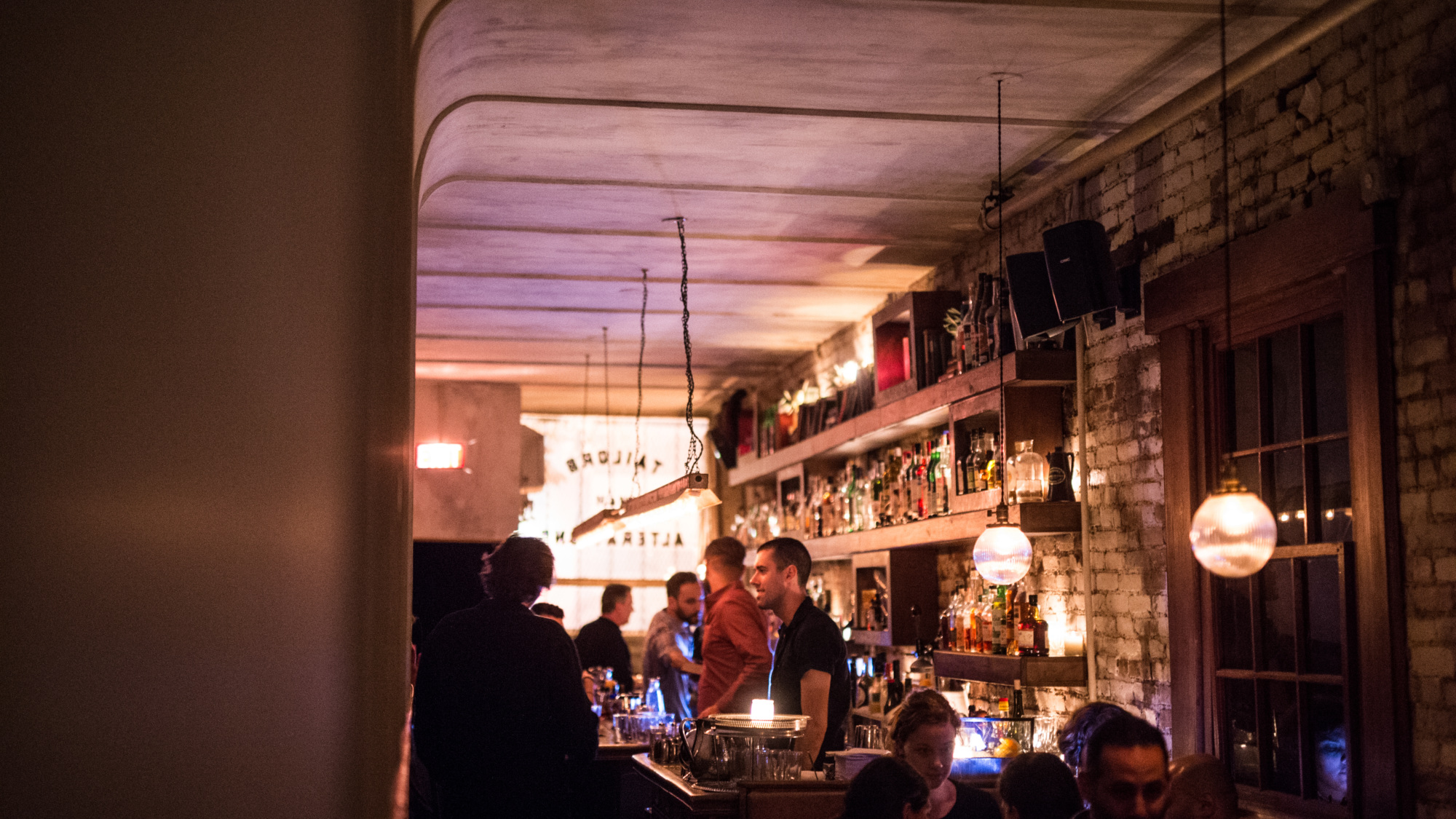
The Speakeasy Is Dead. Long Live the Speakeasy
This summer, you don’t necessarily have to step through a fabled phone booth to drink cocktails at PDT, one of New York’s most storied speakeasies — although you still can. Instead, to enjoy limited-edition hot dogs from mega-chefs Enrique Olvera and Rick Bayless and sip agave-forward drinks from bartender Victor Lopez, you just need to grab a streetside table at the bar’s Calle San Marcos pop-up.
On the pop-up’s opening night in May, and after polishing off a refreshing mezcal-tequila-blueberry-maple-cava number, I time traveled back to 2007, a few months after Jim Meehan opened PDT and not too long after I had moved to New York City. Plebs like me had to call a landline at 3 p.m. for a reservation and wait for the busy signal to subside. I still didn’t get in. Instead, my friends and I ate John John Deragon dogs with cream cheese, everything bagel seasoning, and scallions, and drank beer at Crif Dogs, just for proximity.
That was the pull of mid-aught speakeasies like PDT, Little Branch, and Apotheke (and Milk & Honey, now Attaboy, and Angel’s Share before them) from which cocktail culture as we know it emerged. For a decade or more, these speakeasies set the aesthetic tone for drinking: dark rooms, serious cocktails, and suspenders. There were rules.
But that was a full 15 years ago and, for better or worse, speakeasies have become so mainstream, the term so co-opted, that the word speakeasy doesn’t really mean anything. There are barely concealed bars calling themselves speakeasies and hidden bars that shy away from the label. There are publications telling the world that bars are speakeasies or “speakeasy-style,” when they’re no such thing.
There are speakeasies centered on exceptional cocktail programs and others with drinks so bad it’s as if the cocktail renaissance never happened. Regardless of how hard it is to find them IRL, most have websites and Instagram accounts. They’re all over TikTok and chances are, you can even book a seat on Resy.
- The Resy Guide to 18 Classic Cocktails and the New York Bars That Do Them Best
- The Resy Guide to New York’s Best Rooftop Bars and Restaurants
- Chez Zou Has Some of New York’s Most Creative Cocktails. Here’s How, Drink by Drink
- How to Get Into Pebble Bar, at Rockefeller Center
- How to Get Into The Nines, and What to Order Once You’re There
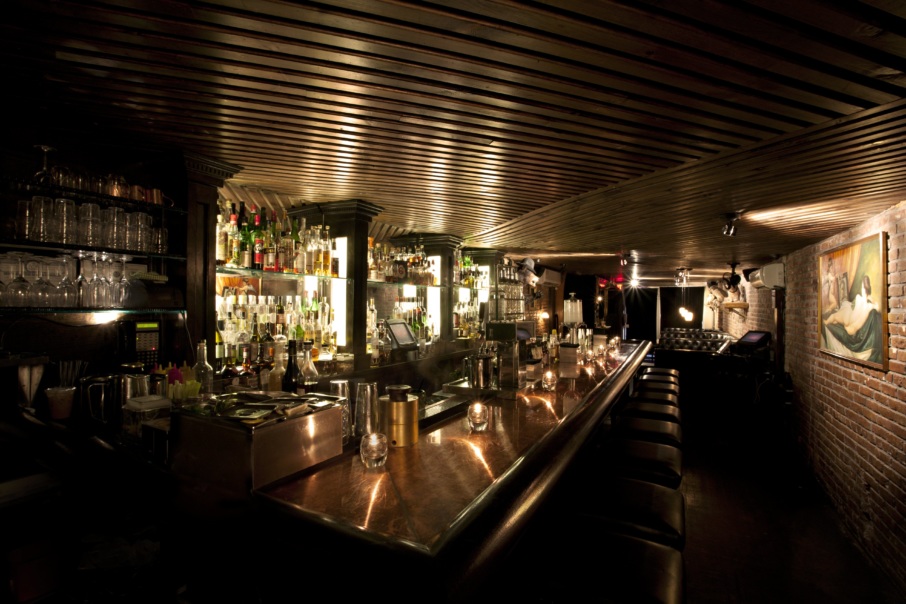

Despite the confusion, or perhaps because of it, the category is booming. You can access speakeasies through a broken washing machine in Fort Worth, Texas; the walk-in cooler of a pizza shop in Columbus, Ohio; a janitor’s door in the back of a barber shop in a Las Vegas casino; coffee shops in Detroit, New York, and Los Angeles; a Chinese herbal shop in San Diego, Calif.; and not one but two different Miami meat lockers. There’s a speakeasy slated for the Glassdoor office tower in San Francisco. Disney’s got one, and even Europe, where Prohibition never happened, is brimming with hidden bars.
The success of speakeasies right now is due, in part, to our general post-pandemic urge to party, connect, and drink great cocktails. “People are just celebrating being able to partake in nightlife, period,” says Jon Neidich, owner of several New York restaurants and bars, including The Nines, a piano bar that’s definitely-not-a-speakeasy (more on that later). “There’s this huge demographic ready to go out and dance and be in close proximity to a stranger.”
But there’s also something more universal and timeless about speakeasies’ appeal. “The magic is always alive,” says Jeff Bell, who bought PDT in 2020. “A secret entrance is something people want to share, to take friends to. It gives them the opportunity to feel cool. A great cocktail alone can’t do that.”

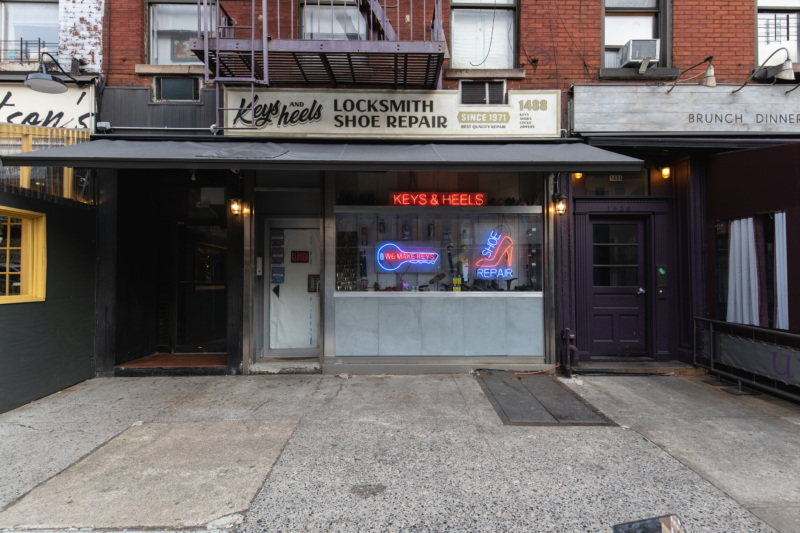
This explains why New York collectively mourned for Angel’s Share when it closed this year (although the bar is popping-up again this summer while it looks for a new location); why Erick Castro and Chris Patino can run Raised by Wolves out of a Southern California shopping mall; and why at 7 p.m. on a Friday night on the Upper East Side, there’s a velvet rope and a line outside of Keys & Heels.
Keys & Heels opened this spring behind a locksmith/shoe repair facade that leads to a room with a DJ spinning under a disco ball. The idea was to design a storefront that people would walk past during the day and stop to ponder as guests file in at night; the resulting gravitational pull has the bar full of twenty-somethings gathered four-deep at the bar, all before dinner.
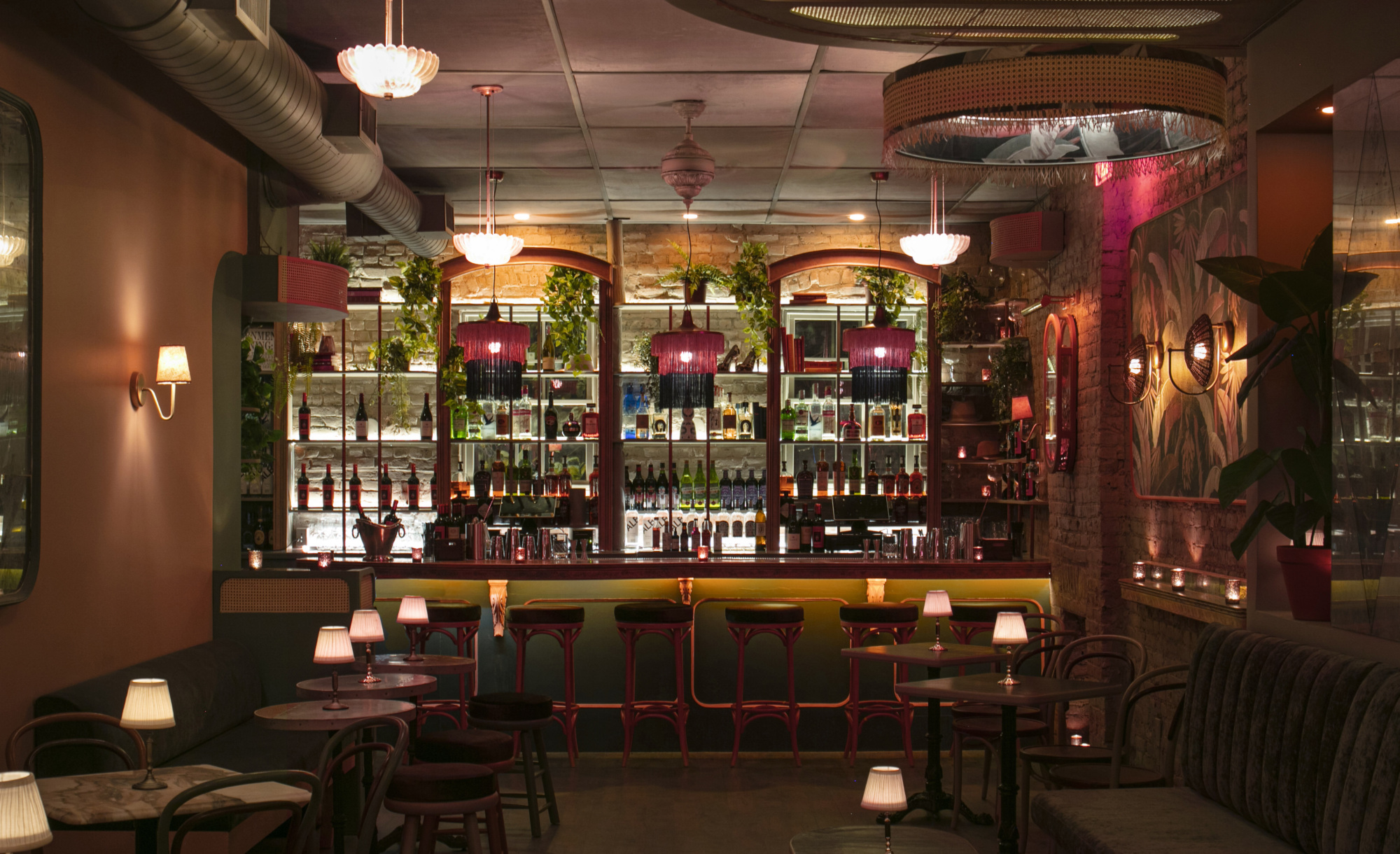
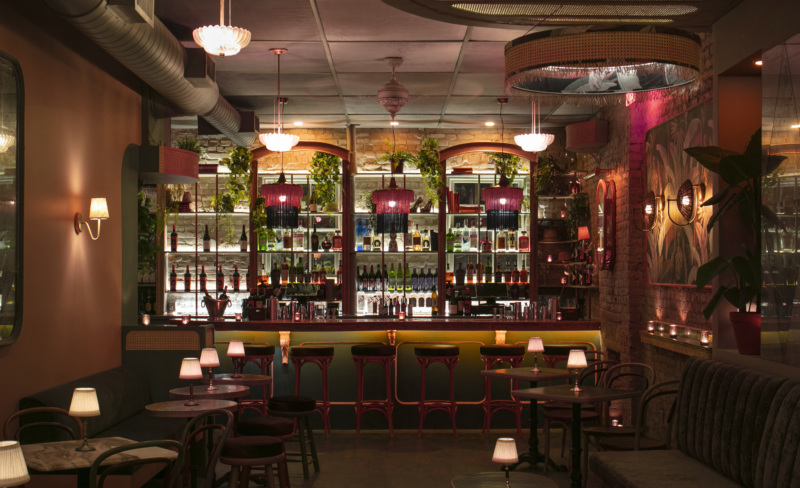
I had a comparable double-take experience entering Pebble Bar, set atop a cupcake shop near Rockefeller Center. Pebble Bar does not advertise itself as speakeasy, but with its imposing doorman, dark interior, ice-cold martinis, and history, it can’t help but feel like one. The bar opened in February in a building that once housed Irish watering hole Hurley’s, first opened in 1892 and conveniently converted into a flower shop in 1920. At Hurley’s, a discreet side entrance led to an actual speakeasy in the building’s upper floors.
That’s part of the problem with pinning down modern speakeasies and their place in drinking culture. A once clearly defined category — an illegal bar serving alcohol during Prohibition — is now more about a feeling, a sense of discovery. You need to be on the inside: through the bookshelf at Denver’s Williams & Graham or down the staircase at The Drifter in Chicago.
This isn’t, nor has it ever been, the exclusive domain of speakeasies, whose experiential potency has waned in a saturated field. Plus, after a few years cooped up at home, and with bars slowly filling pandemic-emptied spaces, everything feels new and exciting. Riding the elevator up to Overstory and Manhatta, bars on the 64th and 60th floors of downtown skyscrapers, is filled with possibility. Even walking down the steps this winter to the newly opened Lullaby, I caught myself in suspended anticipation. How will this look and feel different from Nitecap, the bar that came before it?
A secret entrance is something people want to share, to take friends to. It gives them the opportunity to feel cool. A great cocktail alone can’t do that.— Jeff Bell, owner, PDT
The Nines is not hidden, but it’s not clearly marked either. It sits under a sign for Acme, a Southern-Cajun-Creole restaurant from the 80s whose name Nedich adopted when he opened a Nordic restaurant in 2012. “There’s a moment when first-time guests are like, “Wait, where am I going?” he says. “You understand you’re no longer in Acme, and by the time you get your senses about you, you see The Nines in all of its glory.”
What’s behind The Nines’ red curtain is why it feels more relevant in this moment than the speakeasies for speakeasies’ sake. It’s a feast of fashion. Pianists play familiar, sing-a-long music with enough skill and range (Seattle grunge to Motown) to avoid cliché. There’s a list of cocktails you actually want to drink (martinis, Negronis, Manhattans, daiquiris), plus a borderline obscene caviar-topped baked potato.
Still, the joy and draw of places like The Nines does not negate the function of a speakeasy in our nightlife ecosystem, especially when they’re done well.
Last summer, Jey Perie opened La Noxe in a former illegal massage parlor located in the 28th Street 1 station. On any given night, there are 900 people on the waitlist with their Resy set to Notify. Perie doesn’t love the speakeasy label. “We don’t have a theme. We’re not a fake business. We’re just hard to find. It’s not by design, it’s by circumstance,” he says.
The reality of that circumstance is real estate. What other kind of business can you house below street level in 600 square feet and turn a profit? Perie lived in Tokyo for six years, where he learned that you could create a high-end experience in small spaces. “If you look at Jiro, the sushi place, you don’t need much to make magic happen,” he says, noting that La Noxe’s reasonable-for-Manhattan rent has also allowed Perie to take risks and learn the business faster.
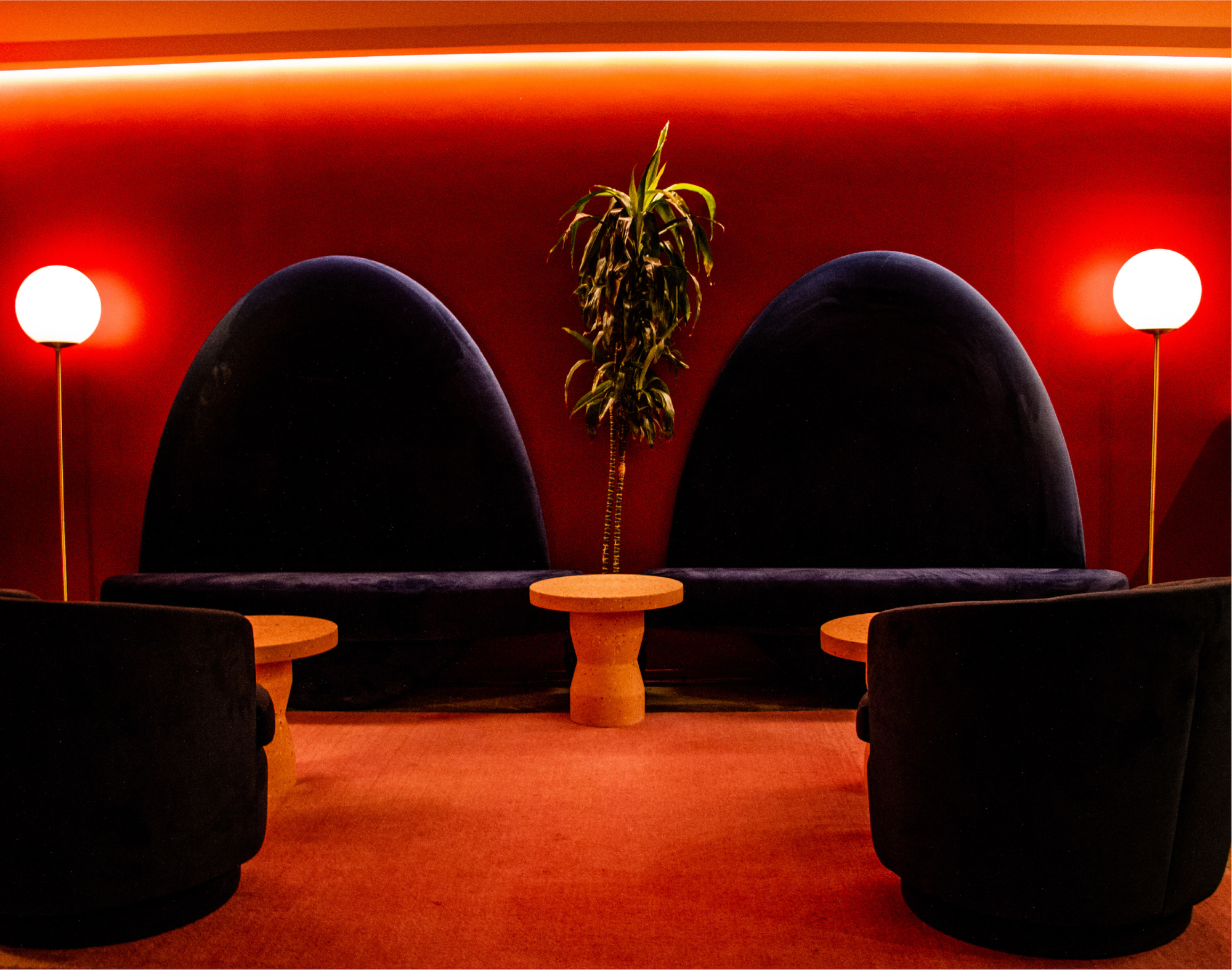
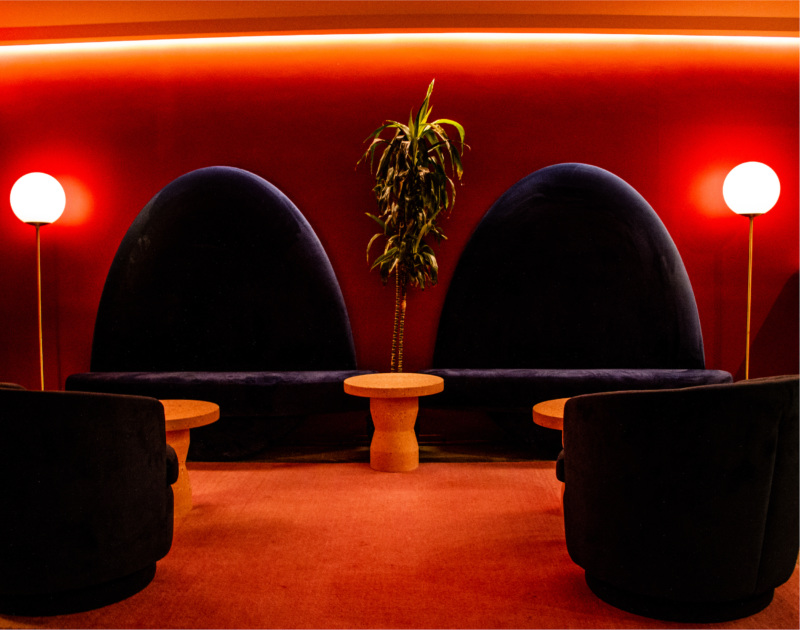
Saint Tuesday, located in the basement of the Walker Hotel in Tribeca, was conceived from a similar combination of real estate ingenuity and intimacy, just with an added layer of speakeasy pedigree. Lead bartender Chris Covey worked at Sasha Petraske’s Little Branch for nearly seven years, and spent time at other establishments in the Milk & Honey family of bars, including Weather Up, Lantern’s Keep, and Fresh Kills.
As one might expect of a Petraske acolyte, Saint Tuesday’s cocktail menu consists mostly of three- to four-ingredient classics, and riffs thereof, with a particularly strong bartender’s choice option that recently taught me the joys of a Haitian Divorce (aged rum, mezcal, Pedro Ximenez sherry, and Angostura bitters). There’s live jazz every night and even an updated list of Milk & Honey’s house rules. (They’re now more gender inclusive and emphasize an immediate ban for racist, sexist, homophobic, abelist, and xenophobic comments.)
Though he resisted it at first, Covey says Saint Tuesday will soon adopt a reservation system — a move embraced by speakeasies like Austin’s Midnight Cowboy and Next Door in Boston, as well as PDT, which started taking reservations in 2020. Even with its obscured alleyway entrance, Google’s “bar near me” search functionality has led a less-than-intentional crowd to Saint Tuesday. “Reservations will shift how we’re doing service, and when people come in, they’ll get a more curated experience,” says Covey. “We’ll be able to take time for things like the bartender’s choice.”
From an operational standpoint, Bell says speakeasies and their hidden entrances are “a way to distill your audience, so you can serve them what you want.” That changed for PDT in 2020, when its team started serving cocktails-as-survival from a sidewalk cooler and pivoted to outdoor pop-ups. Their Calle San Marcos menu has to please guests who know what it means to be drinking mezcal and yellow Chartreuse outside of one of the world’s best bars and someone who shows up looking for a spicy margarita, which sounds an awful lot like a successful bar program, just not one meant to be hidden.
As for the original PDT, it just underwent renovations, mostly structural and functional so that it’s safer and more comfortable for the staff. The bear didn’t go anywhere. The rules didn’t change, either. And Bell believes, in aggregate, that walking through the phone booth, having great service, and drinking cocktails you can’t find anywhere else will keep PDT relevant for another 15 years.
“There are a lot of bad speakeasies. The drinks are whatever. There’s this faux entrance or something tricky. But that’s not the secret sauce; it’s just one straw in the pile of hay,” says Bell. “The one thing that holds true: If it’s special, if you make it a destination, you can be busy for a long time.”
Caroline Hatchett is a restaurant and bar writer and senior editor at Plate. You can follow her on Instagram. Follow Resy, too.
Speakeasies From Coast to Coast That Take Reservations
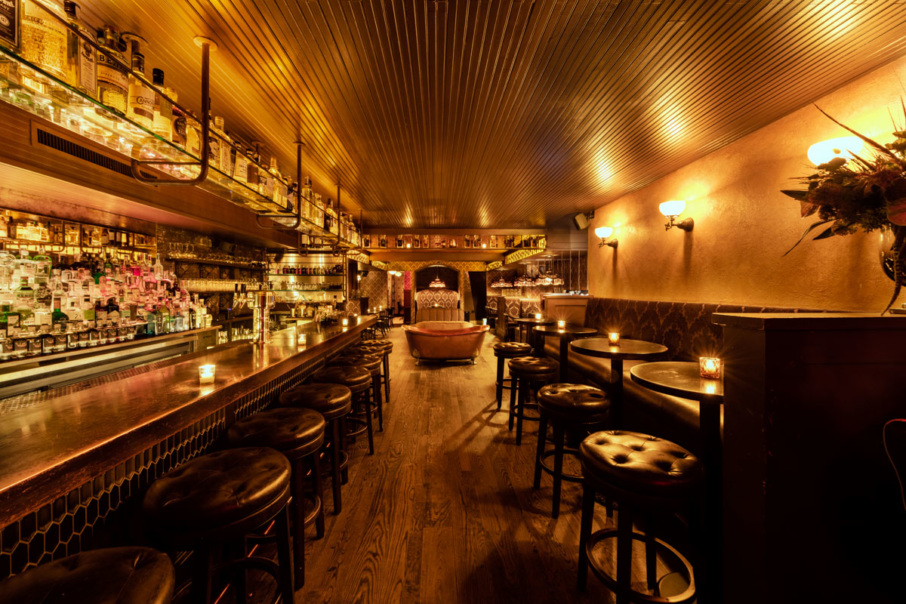
- Apotheke | Los Angeles
- Bathtub Gin | New York
- Bathtub Gin | Los Angeles
- Calle San Marcos from PDT (Please Don’t Tell) | New York
- Keys & Heels | New York
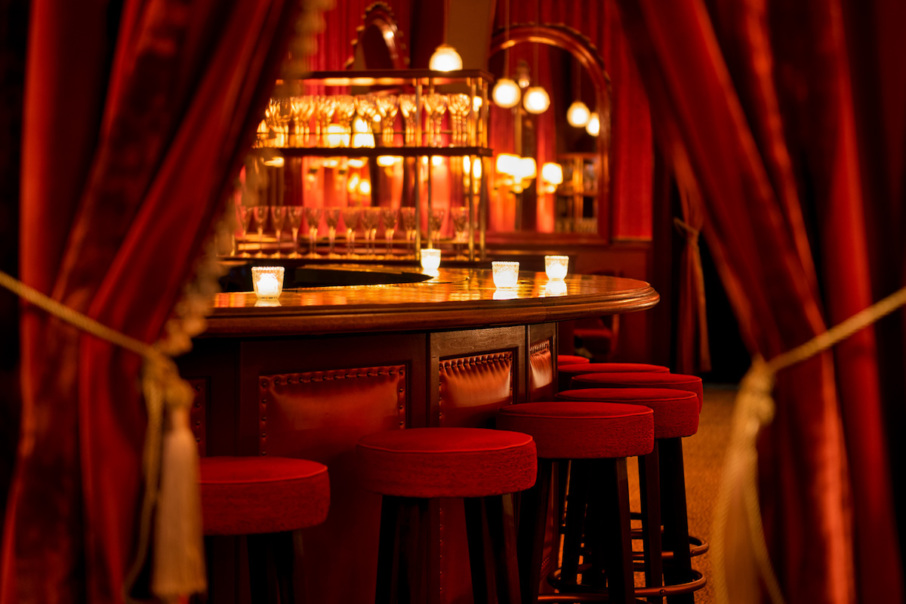
- The Nines | New York
- Pebble Bar | New York
- Please Don’t Tell (PDT) | New York
- La Noxe | New York
- Saint Tuesday | New York
Discover More

Stephen Satterfield's Corner Table


























